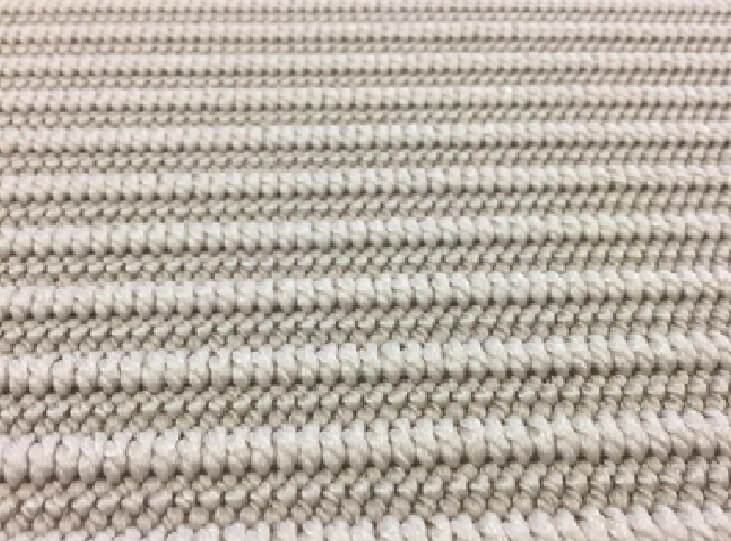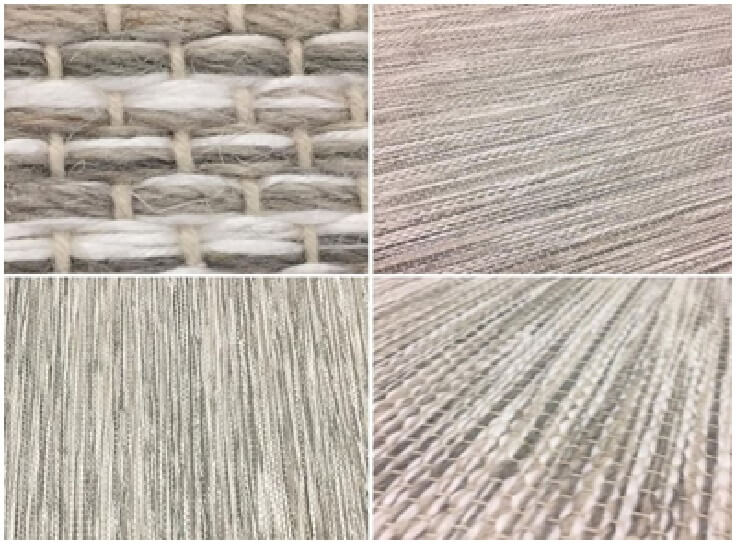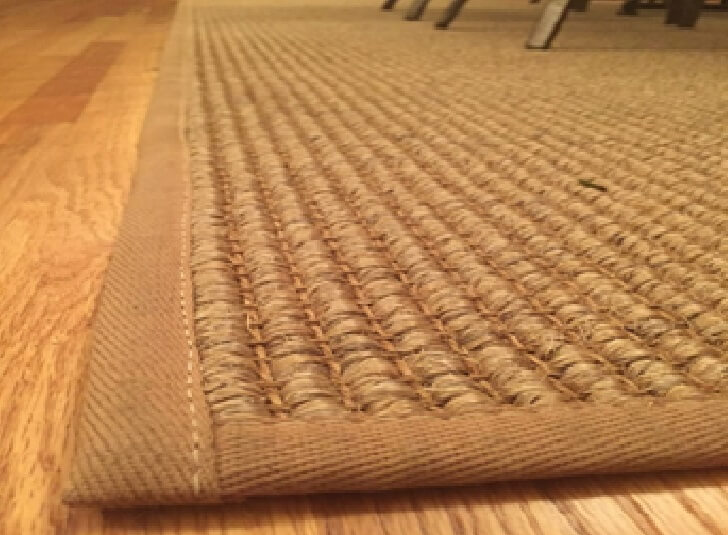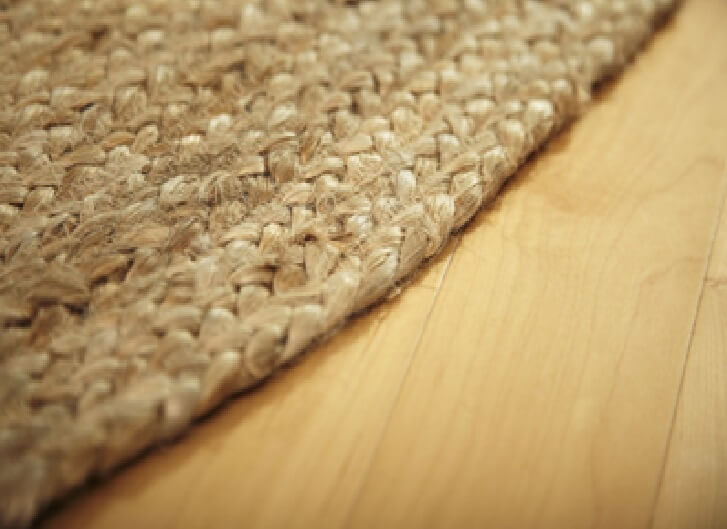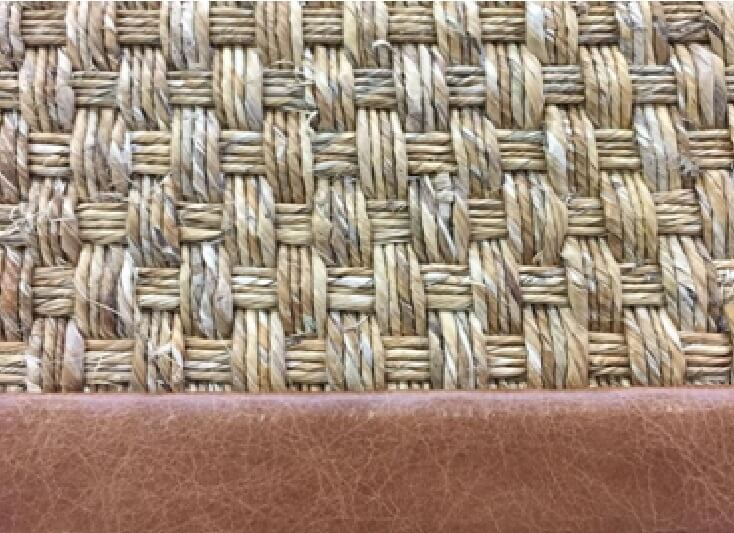Life can get well… messy at times. Especially life with kids. Here is a rundown of 5 common household carpet stains and how to tackle them. We hope this industry insight helps you fret LESS and enjoy your messy, fun life MORE!
1) Colored Drinks – It’s no secret that kids love brightly colored things. While you may find their enchantment with their blue or red juice tongue oddly endearing, it’s a different story when your carpet sports those colors. To remove the colored drink stains, immediately blot the spill with a dry towel, pulling up as much moisture as you can. Make sure you’re blotting, not scrubbing. Scrubbing will only spread the stain. Once you’ve absorbed as much liquid as possible from the area, mix white vinegar, soap and water in a misting spray bottle and spray on the spot. Let it soak for about 10 minutes and then blot again with a clean, dry towel.
2) Chocolate – Sharing a piece of chocolate can be a bonding moment… at least until you find out your little one dropped a piece and sat there while it melted into your carpet. Don’t avoid these special moments. Instead, when you find yourself facing a chocolate stain, scoop up and blot as much of the residue as possible, then vacuum any dry particles. Afterwards mix 1/4 teaspoon of mild liquid dish soap with one cup of warm water and apply it to cloth. Gently work the fabric on the carpet from the outside of the mark towards the center. Let the solution stay for about 5 minutes and then blot it dry.
3) Chewing Gum – Kids love trying to blow the world’s biggest bubble, but everyone loses when gum gets stuck on your carpet. To expel it, dab an ice cube on the gum and let it sit there for 1 minute, which will make the gum hard. Once hard, you should be able to pull it off the carpet carefully. You may need to do a little scraping, but if you do, be sure to use a credit card or the dull side of a butter knife.
4) Blood – There is never a good time or place for a bloody nose. Try to act as quickly as possible to remove a blood stain from carpet. Remember to use cold water instead of hot, mixing it with a grease-fighting dish detergent in a spray bottle. Then follow the same steps as described for colored drinks.
5) Coffee – In a moment of bliss, you’re enjoying a hot cup of coffee while watching your kids play. Then, a ball or elbow knocks your mug and splatters hot liquid all over the carpet. Blot the area to absorb as much liquid as you can. Then spray on clean water and keep blotting the mark until it’s gone. If you still have some staining, apply a foamy shaving cream to the spots and rub it lightly with a cloth.
Want more industry tips and tricks? Subscribe to our emails. Need to schedule a yearly cleaning? Call 703-724-4490 and ask about our membership program

